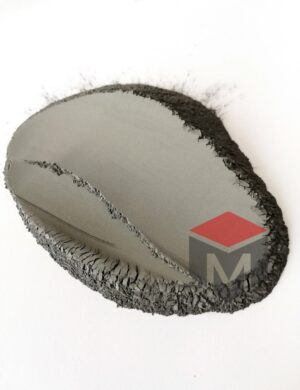Bronze metal powders
Bronze powder < 315 μm / 48 mesh / 0.315mm / Cu 90% + Sn 10% (Spherical)
Price range: €8.25 through €557.00 excl. VAT
Bronze powder 45 µm / 325 mesh / 0.045mm / Cu 90% + Sn 10%
Price range: €7.80 through €525.00 excl. VAT
Bronze powder 45 µm / 325 mesh / 0.045mm / Cu 60% + Sn 40%
Price range: €12.50 through €790.00 excl. VAT
Bronze powder 150 µm / 100 mesh / 0.150mm / Cu 85% + Sn 15%
Price range: €7.50 through €506.00 excl. VAT
Bronze powder 45 µm / 325 mesh / 0.045mm / Cu 85% + Sn 15%
Price range: €8.90 through €605.00 excl. VAT
Bronze powder 75 µm / 200 mesh / 0.075mm / Cu 85% + Sn 15%
Price range: €8.25 through €550.00 excl. VAT
Bronze powder 75 µm / 200 mesh / 0.075mm / Cu 90% + Sn 10%
Price range: €7.60 through €513.00 excl. VAT







